While in Zihuatanejo, Mexico my kids captured these photos of pearl divers.
Known for its beautiful beaches and diverse marine life, it's not a primary location for pearl diving, and is better known for scuba diving and snorkeling to explore reefs and witness various marine species.
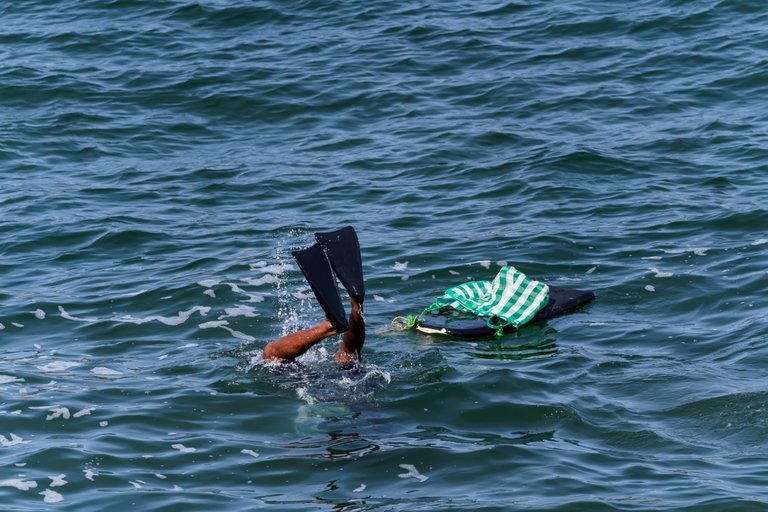
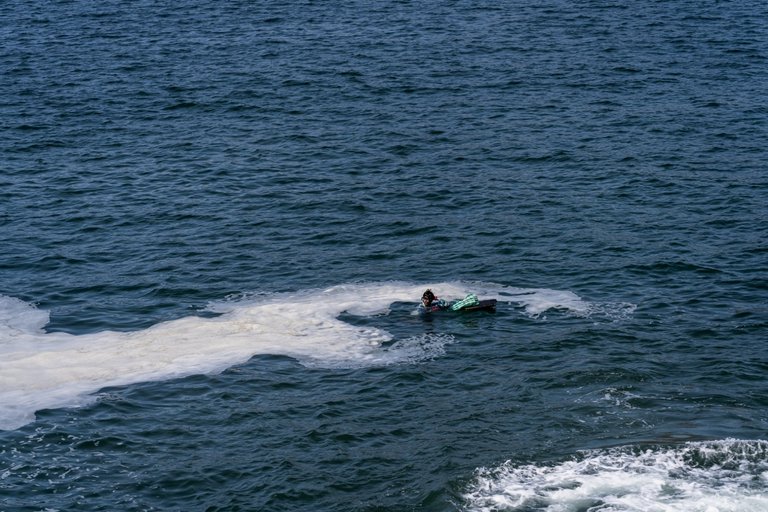
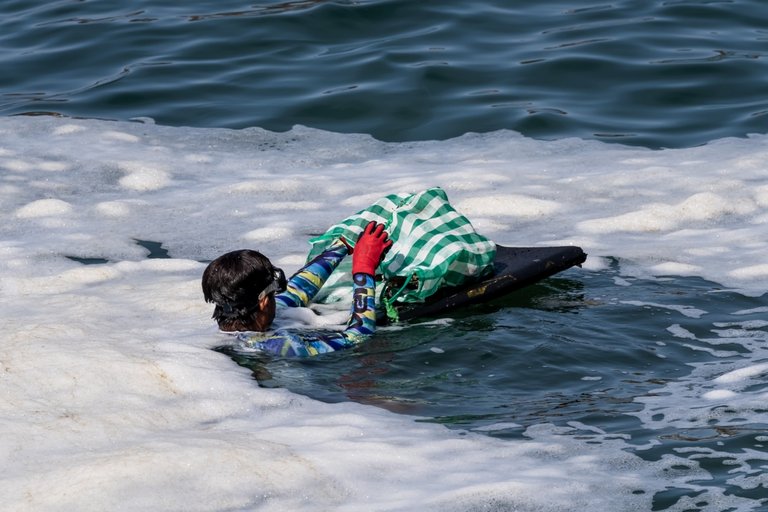
Today very few natural pearls are recovered from wild oysters due to many years of overfishing. Modern pearl production relys more on pearl farming and pearls are produced with human help
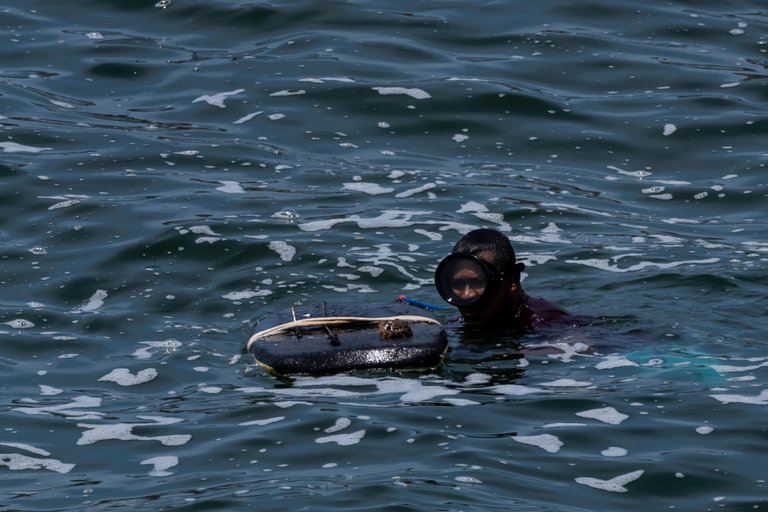
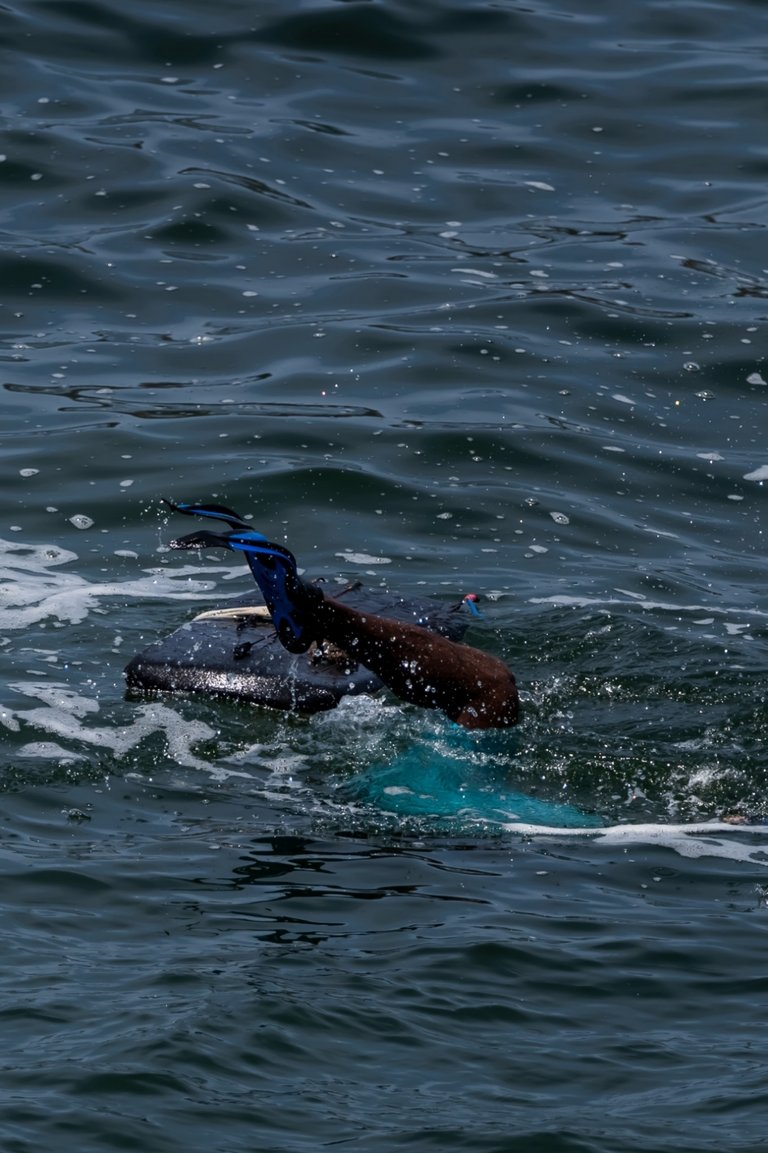
How do oysters make pearls?
Pearls are made by marine oysters and freshwater mussels as a natural defence against an irritant such as a parasite entering their shell or damage to their fragile body.
The oyster or mussel slowly secretes layers of aragonite and conchiolin, materials that also make up its shell. This creates a material called nacre, also known as mother-of-pearl, which encases the irritant and protects the mollusc from it.
When pearls are cultured commercially an irritant is manually inserted into a mollusc to promote the production of mother-of-pearl.
Nacre can form naturally around almost any irritant that gets inside the shell, creating some very unique and precious pearls.
Other bivalve molluscs and gastropods can produce pearls, but these aren't made of nacre.
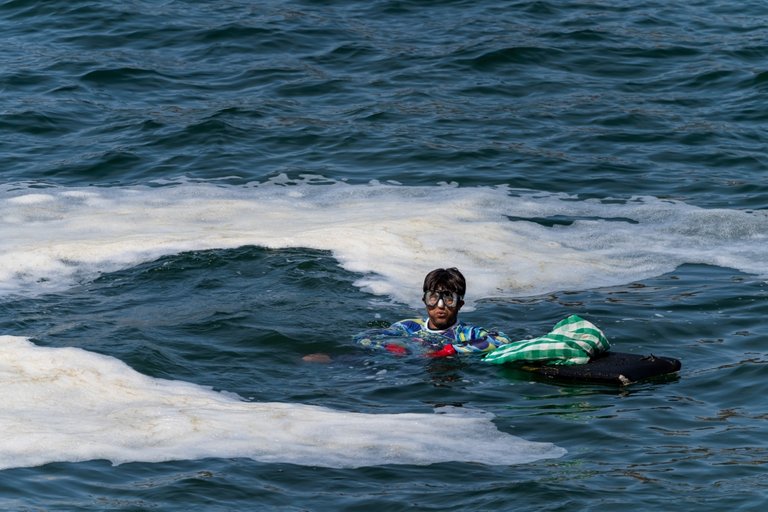
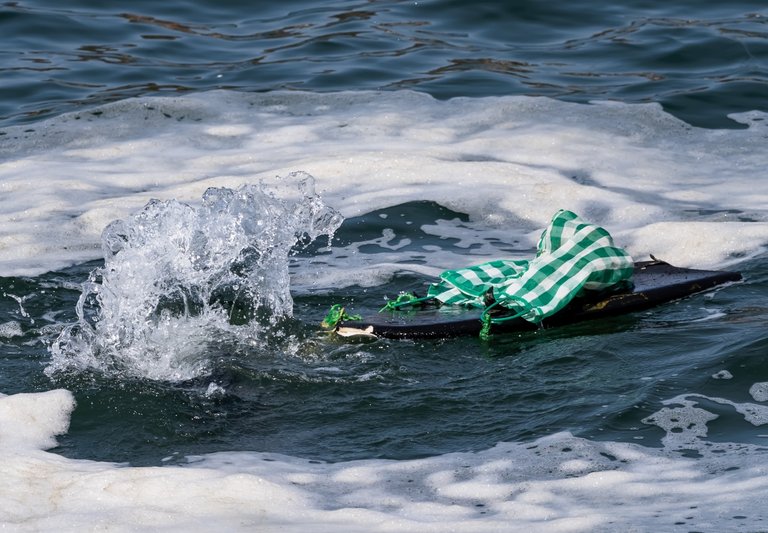
This was the process on the beach that was set up to wash sand from oysters and clams before they were to be eaten
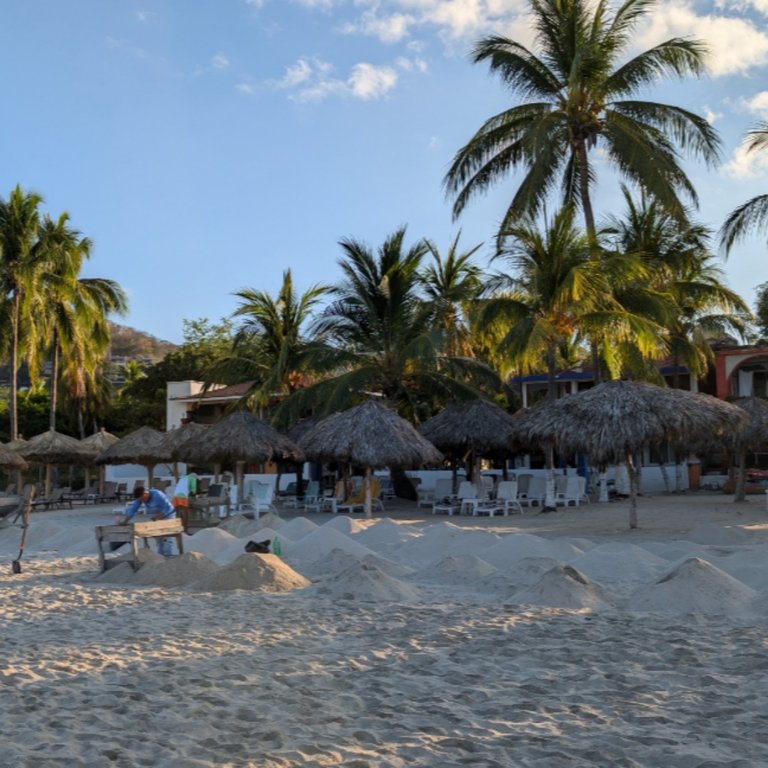
Ecency gifs created by @irisworld are available in the Ecency discord #assets channel and are free to use.





